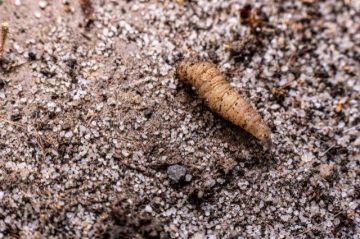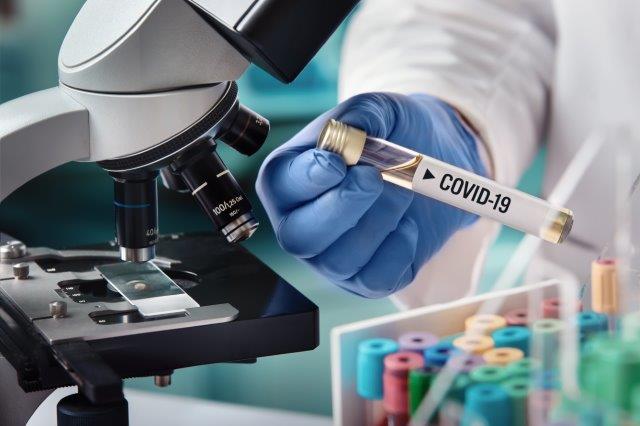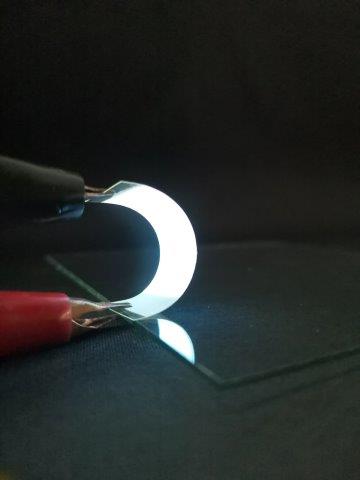FOR IMMEDIATE RELEASE

Maggots on a dead body or wound can help pinpoint when a person or animal died, or when maltreatment began in elder, child care or animal neglect cases. However, the current process for making this determination is time consuming and resource intensive. It also relies on species assessment by trained entomologists. Now, researchers report in ACS’ Analytical Chemistry the development of a molecular maggot analysis method that’s quick, easy and less subjective.
Pregnant blowflies, which can detect decomposing tissue from as far as 2 miles away, lay their eggs on remains within a few minutes or hours of death. After the eggs hatch, the emerging larvae — known as maggots — feed on the tissue. Forensic investigators collect the larvae, and entomologists determine their species and life stage, which can reveal when death occurred. However, this analysis can be difficult because a body might be infested with a mass of eggs and larvae from several species, all mixed together. In addition, the larvae from different species are hard to tell apart, so they are typically raised to adulthood when they can be more reliably identified. But that takes time and training that investigators might not have, and the larvae in the collected samples might not be alive at the time of examination. As a quicker and more objective alternative, researchers have tried DNA analysis to distinguish species, but genomes from many of these flies are unknown. So Rabi A. Musah and colleagues set out to develop a better method.
Building on their previous work on single-species determinations, the researchers optimized their method for multispecies analyses. They used a method called direct analysis in real time-high resolution mass spectrometry to obtain molecular information about various combinations of maggot species. Then, they developed a new hierarchical conformal predictor and applied it to the data. With this method, for the first time, maggots from mixtures of up to six species could be distinguished.
The authors acknowledge funding from the John Jay College Office for the Advancement of Research Faculty Scholarship Program and the U.S. National Institute of Justice.
Note: ACS does not conduct research, but publishes and publicizes peer-reviewed scientific studies.




